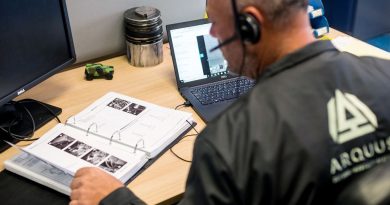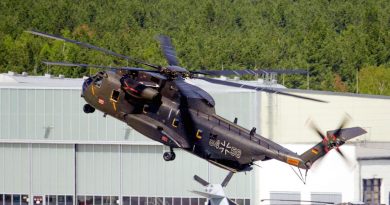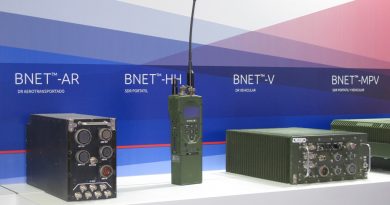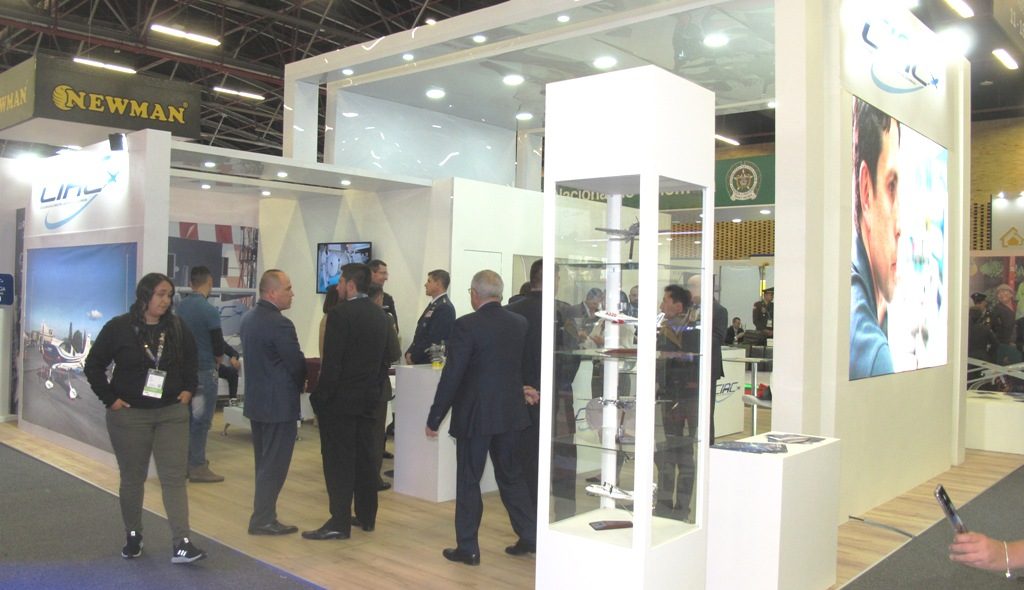
CIAC: an unmanned future
The Corporación de la Industria Aeronáutica Colombiana, CIAC in short, is one of the four industrial companies of the GSED (Grupo Social y Empresarial de la Defensa) and is definitely the main aviation player in Colombia. A fully state-owned company, its operations take in count both MRO (Maintenance, Repair, Overhaul) as well as research, development and design.
To understand the way ahead of the company in the next few years, especially in the defence field, EDR On-Line met Maj. Rafael Alberto Velasquez Garavito, responsible for the Special Projects Division at CIAC.
“The activities of the company in the next 10 years will be subdivised in two main sectors, MRO and UAVs,” he explains, highlighting the importance of the MRO work in the civilian sector, which gives financial stability to the company. In short CIAC is focusing on the Airbus 320 family of aircraft, on the Boeing 737 and on the ATR-72, these being the types of aircraft most diffused in Colombia and in the region, CIAC having various levels of certification for those liners.
CIAC also carries out MRO work on military aircraft, the Air Force itself takes care of MRO duties on certain aircraft, “however the future will be with UAVs,” Maj. Velasquez says.
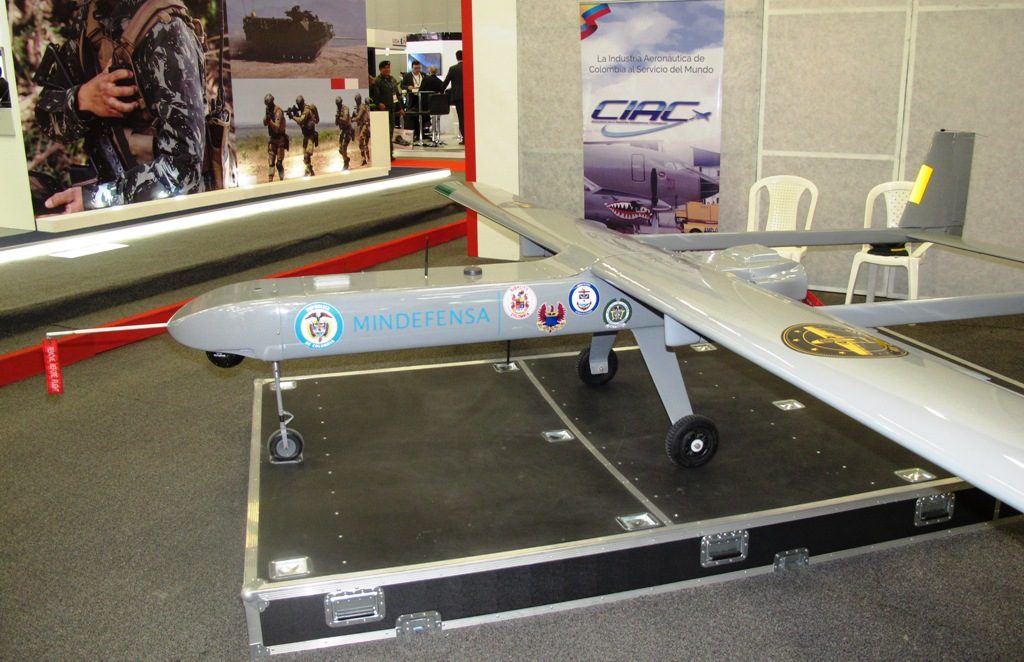
Expodefensa 2019 saw the unveiling of the Quimbaya, a new UAV developed by a joint team of military engineers under the auspices of the Ministry of Defence. On this specific system our reader finds a detailed report by clicking here.
The other major programme is closely linked to the presence of Spain as the guest of honour of the exhibition. The programme was announced two years ago, but it became a reality in mid-February 2019 when under the auspices of the governments of Colombia and Spain CIAC and Airbus signed a memorandum of understanding for the development of the Atlante 2 MALE UAV, now known with the acronym SiRTAP (Sistema RPAS Táctico de Altas Prestaciones, high performance tactical UAV system). “The two governments are coordinating the activities, and are currently working on a supplement to the MoU that will lead to a Request for Proposal to be sent to the two companies,” Maj. Velasquez adds. This will then bring to the signature of the Research and Development contract, awaited for June-July 2020. This contract will cover the next four years of activities, two prototypes being planned the first flight being forecasted three years after the contract signature. “The two prototypes will be built in Spain, where most of the flight test programme will be conducted,” the CIAC representative tells us.
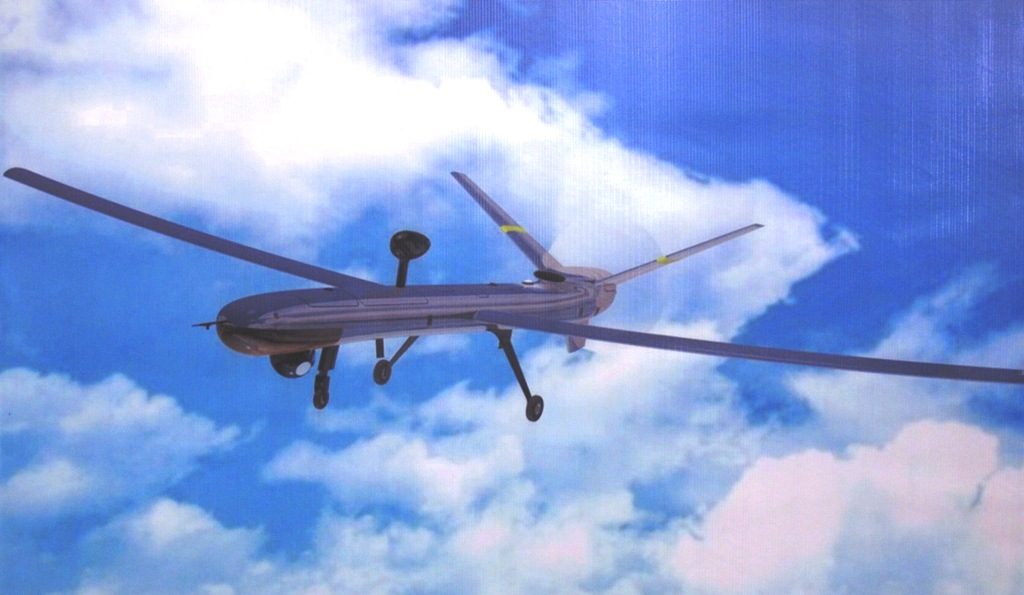
The work split is quite clear; CIAC will design the landing gear and the tail, the Ground Control Station, the Ground Data Terminal, a series of critical subsystems, as well as mission planning and simulation tools, this in close cooperation with the GSED high-tech electronics company CODALTEC (Corporación de Alta Tecnología para la Defensa).
The aim is to have an ITAR-free unmanned aircraft system which forecasted characteristics should be a 750 kg MTOW with 120 kg of payload, Spain and Colombia intention being to produce the highest possible percent of the system, acquiring abroad only what does not make sense to develop locally.
“Following the first flight a one year fight test period is planned, that will lead to the production contract,” Maj. Velasquez says. Spain intends to acquire nine systems, possibly ten, while Colombia intentions are for six systems. “One system is made of three aircraft, three payload sensors suites, one GCS/GDT, and one Integrated Logistic Package,” Velasquez explains. This would make a total of 45 aircraft to be produced. “According to plans, the first three systems will be produced in Spain while the remaining 12 will be produced in Colombia, at the CIAC plant,” the Air Force Officer says.
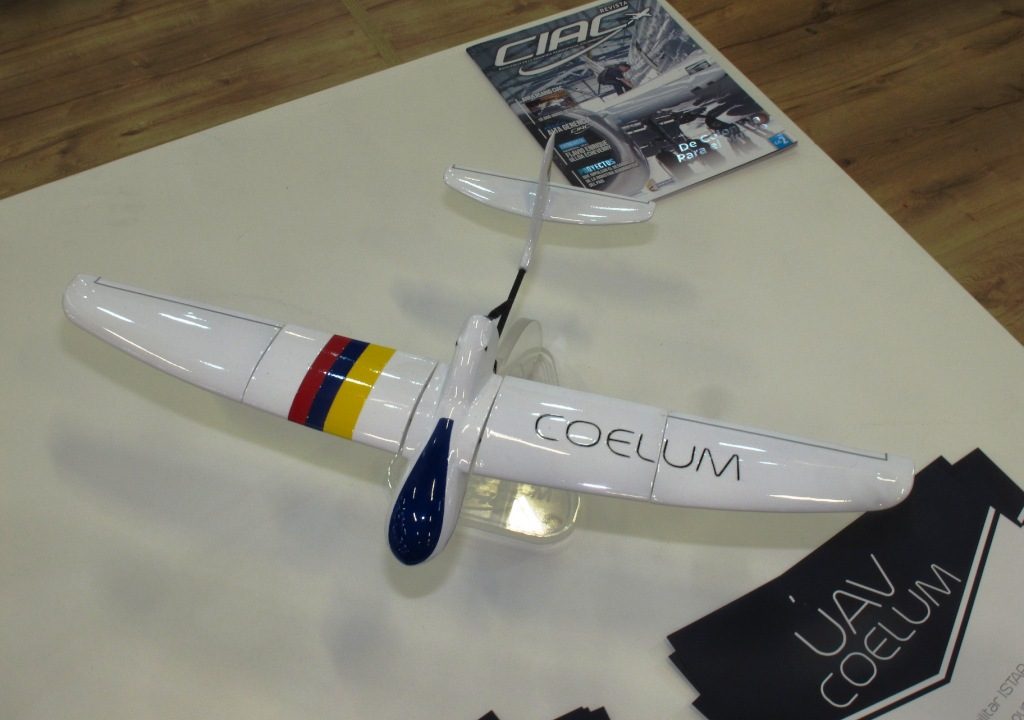
Busy in planning the activities on the Atlante 2, and on finalising the work of the Quimbaya, CIAC is also about to end the development of the smallest of its UAVs, the Caelum, conceived for infantry use. A 4.5 kg MTOW fixed wing aircraft with a traditional architecture and an electric motor installed at the rear of the main fuselage with a pushing propeller, it carries a 500 grams payload, electro-optic or thermal, and can fly for 90 minutes with a LOS range of 25 km. According to CIAC both a two-blade or a three-blade propeller can be used. With a 1.95 meters wing span and a 1.4 meters length, a key characteristic of this hand-launched mini-UAV is its capability to fly up to 3,200 meters, a vital element in a country like Colombia. “We are currently in the flight test phase and we are integrating the camera on the aircraft,” Maj. Velasquez explains, “and we estimate that the aircraft will be ready for production in one or two months,” he concludes.
CIAC is also obviously looking with interest at the new fighter programme, the company definitely looking at this as a further opportunity to develop its MRO business.
Photos by Paolo Valpolini

